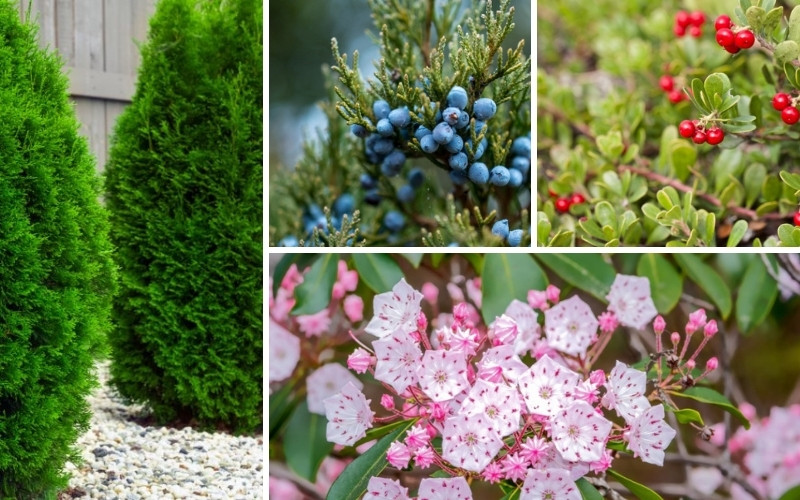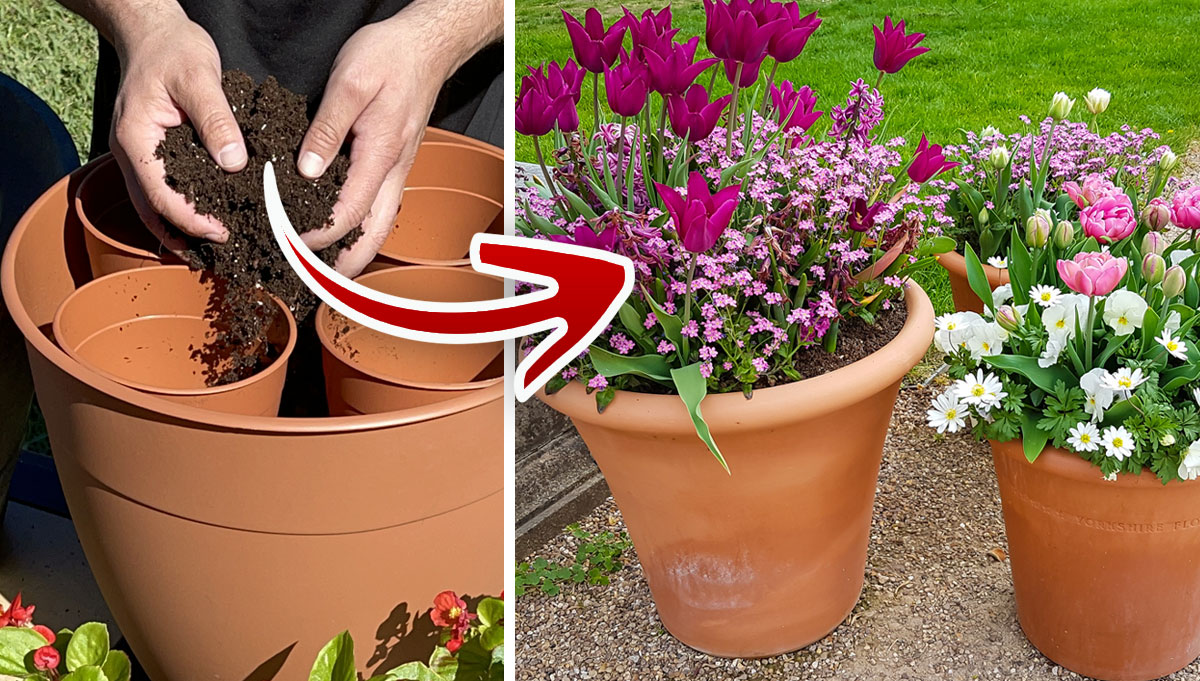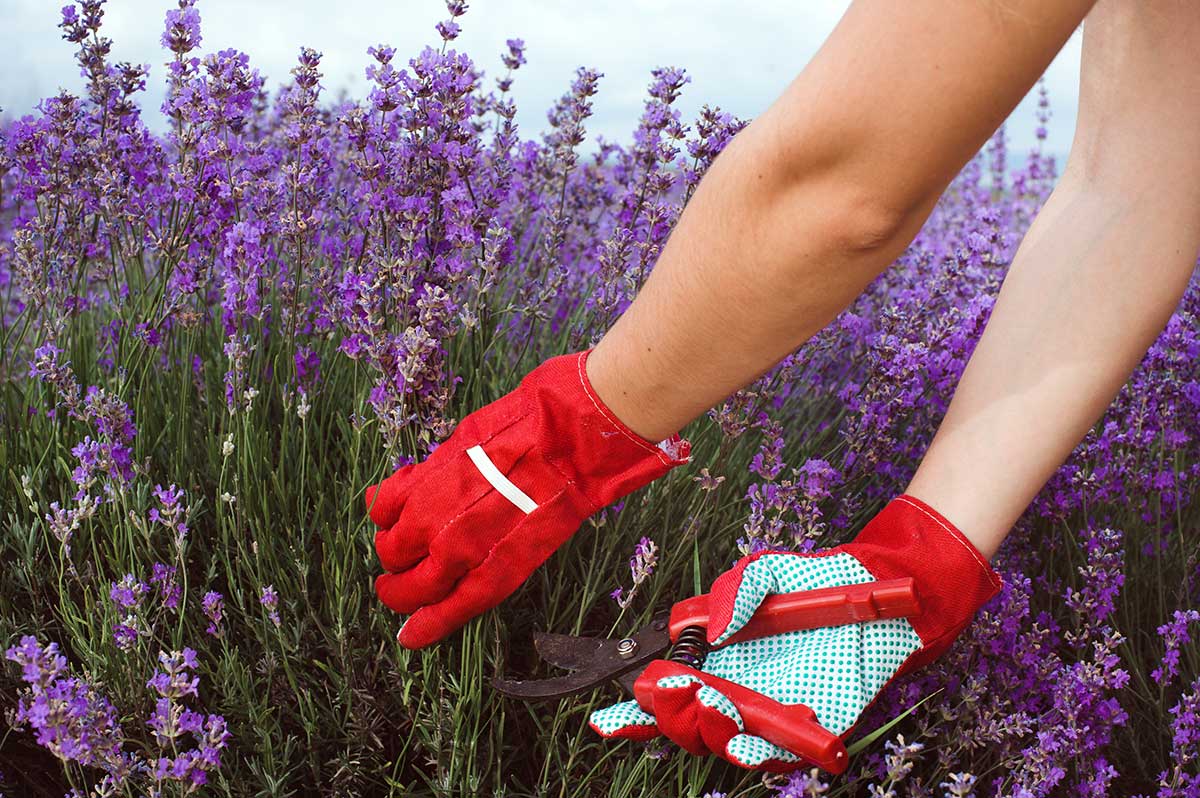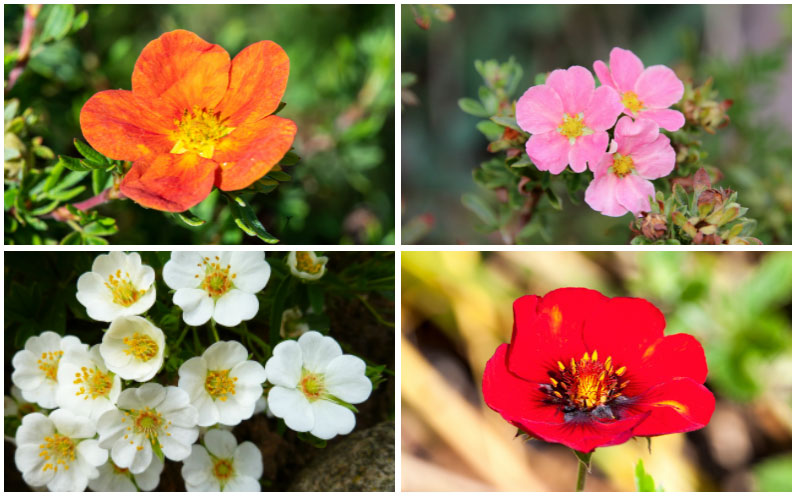Potentilla is a type of plant that can be grown in many different climates and soil types, making it a versatile addition to any garden. It grows best in moderate climates, temperatures, and well-drained soil.
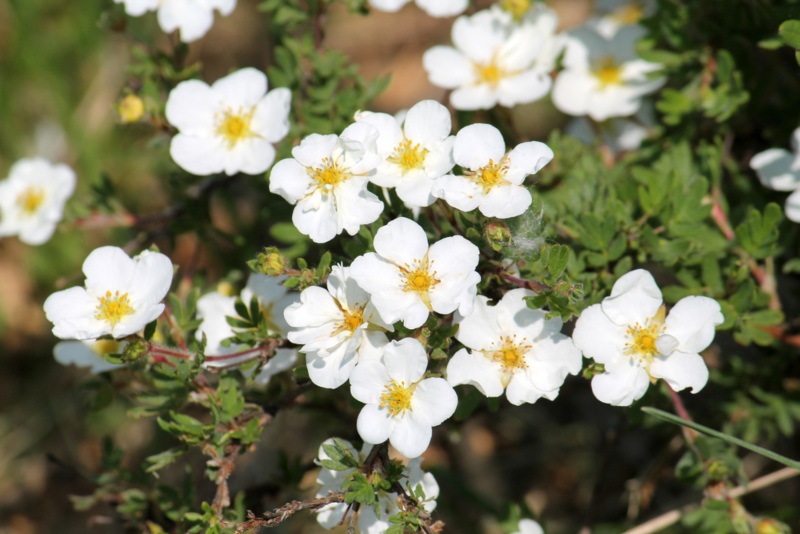
This article will provide tips on how to plant, water, and fertilize Potentilla so that you can enjoy its colorful blooms for years to come!
| Botanical Name: | Cinquefoil |
| Common Name(s): | Potentilla |
| Plant Type: | Rosaceae |
| Mature Size: | 4 Feet Tall |
| Sun Exposure: | Full sun exposure, about 6-8 hours a day |
| Water Needs: | Needs Water Weekly, but matured plants every other week |
| Soil Type: | Moderately Fertile Soil |
| Soil pH: | 5-7 |
| Bloom Time: | Spring or Fall |
| Maintenance: | Minimal maintenance required |
| Flower Color: | White, pink, red, orange |
| Hardiness Zones: | 2-8 |
| Toxicity: | Not toxic to humans or pets |
Tips for Growing and Caring for Potentilla Plants
Light
Choose a spot in your garden that gets plenty of sunlight. Potentilla needs full sun exposure, about 6-8 hours a day.
Water
Potentillas must be watered regularly but don’t like their roots sitting in water for too long. It’s especially important to water your Potentilla plants regularly during early growth. Potentilla prefers being watered every day or every other day but will adapt to whatever schedule you give them. You can also reduce water usage on your plants by trimming back excess blooms after they have finished growing.
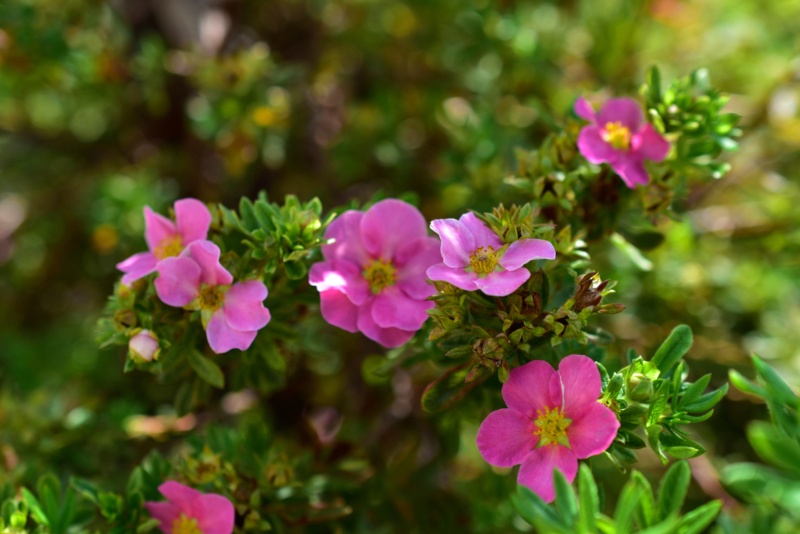
Temperature
Potentillas can grow in various temperatures. That is why their hardiness zones expand from 2-8.
Soil
Potentilla prefers wet but well-drained soil, so amend your soil with some organic matter before planting if you aren’t sure whether your garden contains enough of this nutrient.
Fertilizer
Fertilizing your Potentilla can encourage it to grow stronger and more resilient while also producing more flowers. However, you should fertilize your Potentilla plant no more than once a month. Fertilizing once a month can help them grow stronger and healthier while producing more flowers.
Propagation
The process of propagating Potentilla flowers is very simple.
For best results, start by removing the entire plant from the soil and gently placing it on a flat surface.
Cut off any dead or wilted stems, then use a sharp knife to cut the plant into several pieces.
Each piece should have at least one healthy stem and two sets of leaves. Plant the cuttings in fresh soil and water them well.
Deadheading and Pruning
Potentilla plants appreciate the occasional trim to keep them from growing too tall. They can grow up to 4 feet tall, but feel free to prune them down if you find them getting too large for your tastes. You should cut back Potentilla plants after they have finished blooming to reduce water usage and encourage more growth.
However, you should never remove all of the flowers at once, as this could seriously hurt your plants’ blooming capabilities for the rest of the year. Instead, you can trim off individual blooms or small clusters at a time. It is important to remove dead flowers when you see them.
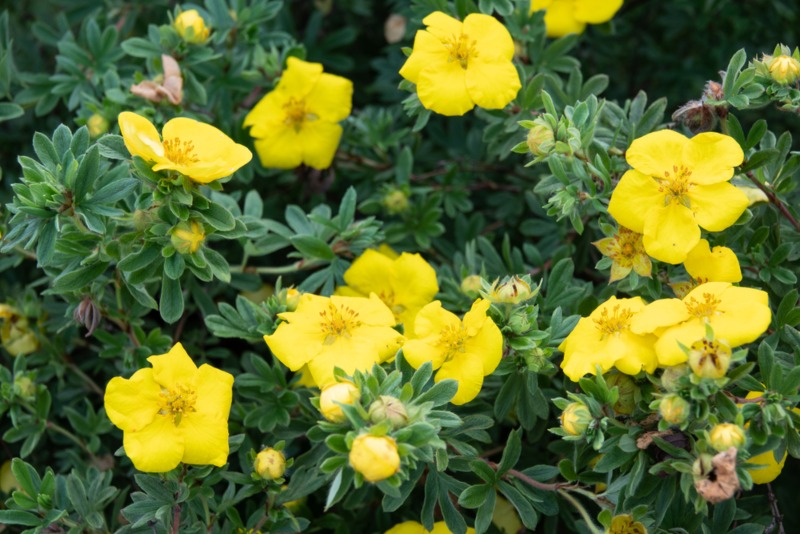
Growing From Seed
Cinquefoil seeds should be planted at a distance of 20 to 45 centimeters, with just enough soil covering the seeds. It thrives in a slightly acidic, sandy loam (pH 5 to 7).
Things That Can Harm My Potentilla
Potentillas can succumb to many diseases and pests, so be sure to keep an eye on your plants for any signs of distress.
The most common diseases that affect Potentilla are powdery mildew, rust, and botrytis. Pests that can cause damage include aphids, spider mites, thrips, and budworms.
Some common signs that pests are damaging your Potentilla are wilting leaves, chewed leaves, and holes in the leaves. If this is happening, you can try using a natural pesticide such as insecticidal soap. You can also try removing the pests by hand or with horticultural oil.
Keep an eye on your Potentilla, and if you see any signs of distress, the tips above should help!
Are Potentilla Plants Toxic?
They are not toxic and have been known to help medicinally.

